
There are a lot of terms associated with types of vegetable seeds- hybrid, heirloom, open-pollinated, GMO, and organic.
Are you a little fuzzy about what they all mean? As a gardener, it’s important to know what kinds of seeds you’re buying and from whom.
To help you make your own educated decisions, here are a few definitions you’ll want to be familiar with as you dig through your catalogs and go shopping at your local nursery.

This post contains affiliate links.
Understanding the Different Types of Vegetable Seeds
Organic Seeds
Organic seeds (in the US) have been grown in a field according to USDA-certified organic standards. The certification process includes inspection of farm fields, processes, and records to ensure the farm is following the standards set forth by the USDA, such as no synthetic fertilizers, pesticides, or fungicides.
Many seed catalogs offer organic and nonorganic seeds for the same variety.
If you have an organic garden, buying organic seeds makes sense because the seeds are grown under similar conditions as your garden. Organic vegetable seed is sometimes more expensive than conventional seed.
I like to think if there’s more demand from consumers, the price will drop over time.
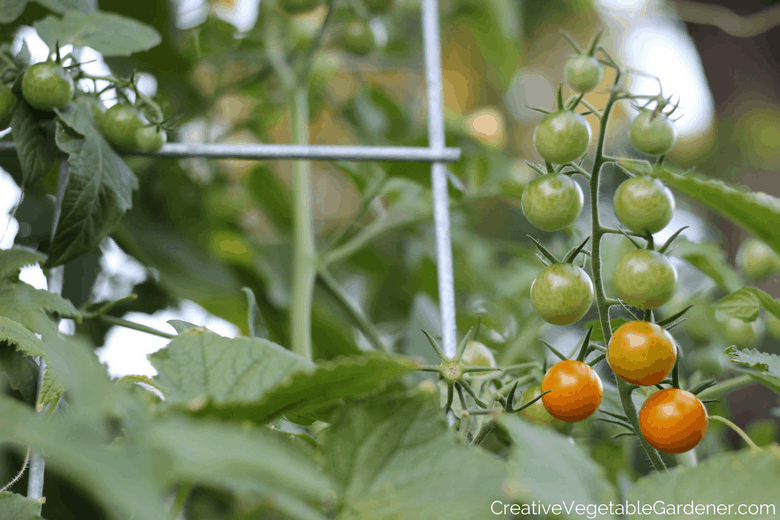
The infamous Sun Gold cherry tomato is an F1 hybrid
Hybrid Seeds
Hybrid seeds are the result of crossing two different parent plants in a controlled environment. They are bred to select for certain desirable characteristics like color, sweetness, disease resistance, and uniformity.
These seeds are often referred to as F1 hybrids. Some seed catalogs, like Johnny’s Selected Seeds, put F1 in the vegetable listing to let you know that it’s a hybrid.
You can see an example on this page listing of onions. Look for (F1) next to the various variety names.
Hybridization is a natural process and not the same as GMO seeds. Plant breeders have been creating hybrid plants for a very long time.
The drawback of hybrid varieties is that if you try to save the seed you won’t get a plant that is “true to type” or the same as the original you saved the seed from.
People who save their own vegetable seeds shouldn’t grow hybrids because saving the seed results in an unpredictable mix of the ancestral plants.
But, if you aren’t a seed saver then there’s no problem in embracing hybrid vegetable seeds! In fact, some of the most popular garden vegetables are hybrids, like Sun Gold Cherry Tomato, Burpee Big Boy Tomato, and two of my favorites: Carmen Pepper and Dancer Eggplant.
Hybrids are a part of most vegetable farms and gardens because some sometimes they’re the best-performing varieties out there. There’s absolutely no reason to stay away from hybrid vegetable seeds.
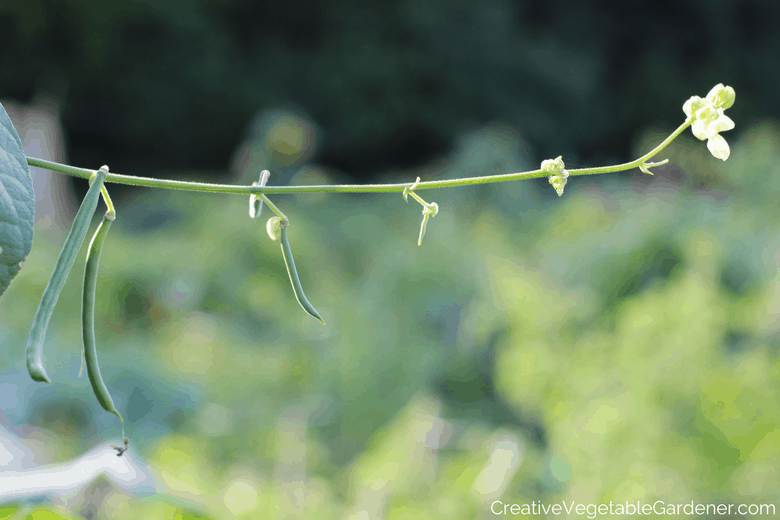
Open-pollinated Seeds
Open-pollination is the second way to bred seeds in addition to hybridization, which we talked about above. Instead of a person crossing two plants intentionally and in a controlled manner, open-pollinated (or OP) seeds are a result of pollination occurring by insect, bird, wind, humans, or other natural mechanisms.
Because pollen flows freely between individual plants (instead of being controlled by a plant breeder), open-pollinated plants are more genetically diverse. This can cause a greater amount of variation within plant populations.
This might not be desirable if you’re a vegetable farmer because maybe you want all of your tomatoes to be exactly the same.
But, a big benefit to the process of open-pollination allows plants to slowly adapt to local growing conditions and climate each season.
Some gardeners believe that all open-pollinated varieties are heirlooms, but this is not true. There are new open-pollinated varieties being introduced to the market every year.
Gardeners who save their own seeds use open-pollinated varieties because the seeds (with some special monitoring to prevent cross-pollination) will produce the same variety year after year.
This is in contrast to hybrids, which are a cross between two parents, and will likely revert back to one of those parents if you save the seed, so they won’t be consistent.
Even if you’re not a seed saver, you may already be growing popular open-pollinated varieties like Kentucky Wonder pole bean, Scarlet Nantes carrot, California Wonder pepper, and Brandywine tomato.

Jimmy Nardello’s peppers are one of my favorite heirloom varieties
Heirloom Seeds
Heirloom seeds have been handed down from one generation to another over time. There’s no exact definition of how old a seed needs to be in order to be considered an heirloom, although some sources state 40-50 years.
All heirloom plants are open-pollinated, but not all open-pollinated plants are heirlooms. (See above.)
Heirloom varieties are not often found in the larger commercial market because of various characteristics that sometimes make the vegetables unsuitable for large-scale production—lack of uniformity, short shelf life, or difficulty in transporting them long distances.
But, the specialness of heirloom varieties lies in the often unique and interesting stories about the people and families that grew them.
Another benefit to heirlooms is that growing them is a way to help preserve the genetic diversity of our food supply. Overall, the number of vegetable seed varieties available in the global market has shrunk over time as the biggest seed companies have consolidated.
If you’re interested in learning more about heirloom vegetables, the seed company Seed Savers Exchange is a non-profit organization dedicated to preserving and selling thousands of heirloom varieties so they’re not lost.
Some heirloom varieties I’ve enjoyed growing over the years are Golden Sweet Pea, Fish Hot Pepper, Dragon’s Tongue Bean.
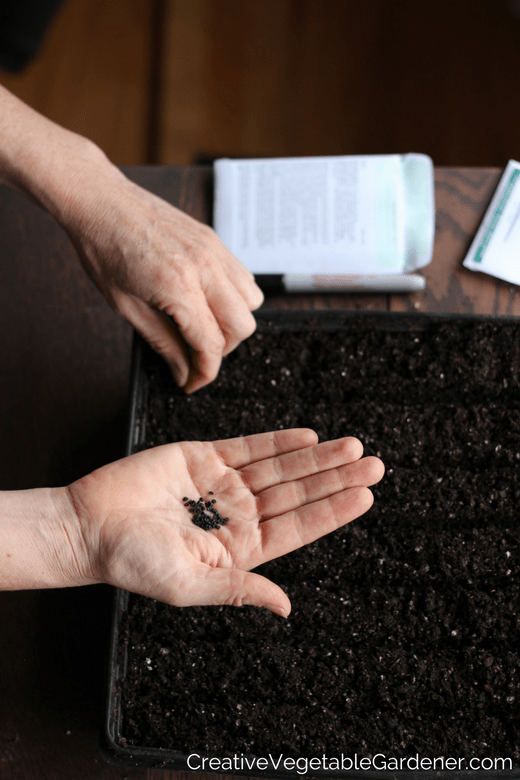
Genetically Modified Organisms (GMO seeds)
GMO seeds have been altered using genetic engineering. Genetic engineering involves the deletion or insertion of genes, usually from a different species, to engineer specific traits such as resistance to pest and herbicides, improved shelf life, or increased nutritional value.
Unlike hybrid or open-pollinated seeds that are developed in a garden or field, GMO seeds are created in a laboratory.
They are subject to intellectual property law, so it’s illegal to save seed. Most common garden vegetable seeds are not GMOs, mostly because the focus has been on the larger global agricultural market.
In general, home gardeners don’t have to worry about mistakenly purchasing GMO seeds.
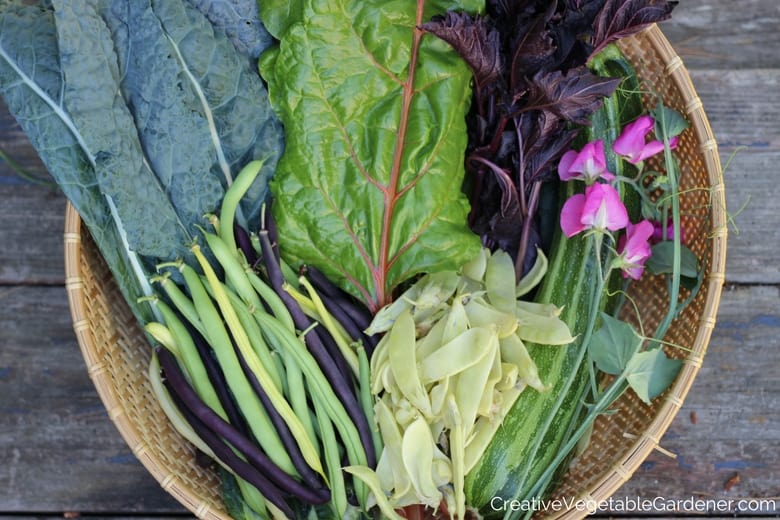
As a gardener, you may be aware of the many different viewpoints in this larger conversation about vegetable seeds and our global and national seed supply. These are complicated issues, and I encourage you to do some more reading and form your own educated opinion.
In my own garden, I grow a mix of heirloom, open-pollinated, and hybrid vegetable seed, and I try to buy organic whenever it’s available because it aligns with my values. I’ve tested a lot of varieties in my garden over the years and the number one thing I look at is performance.
Does it produce a lot of food, stand up to common diseases, and taste good? Honestly, I don’t really care if a variety is an heirloom, hybrid, or open-pollinated as long as it produces food for me and my family.
I also like to grow beautiful vegetables, so I evaluate each variety from that point of view as well. But, it needs to perform well and taste delicious first, and be attractive as a bonus.
Really, the most important thing to remember is to keep track of the varieties you plant in your garden each year so that you can repeat your successes and ditch the failures.
Over time you’ll compile your own personal list of favorite varieties that perform well in your garden year after year.
Additional Resources for Seeds & Varieties
I love trying and evaluating new vegetable varieties on a regular basis. I share my findings and recommendations in several ways:
You can read more about my favorite unusual vegetable to grow in your garden,
Get help with choosing which tomato varieties to grow
And learn about 15 purple vegetables you need to grow in your garden.
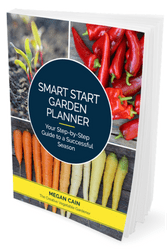
In my book, Smart Start Garden Planner, I share my favorite varieties for every common vegetable, herb, and flower you can grow in your garden. I also highlight my 10 favorite unique vegetable and flower varieties.
The best way to order seeds is from the comfort of your own home! I highly recommend ordering free seed catalogs in winter so you can take your time browsing through the options. Plus, it’s such a fun activity for a cold winter day! Read about which catalogs I consistently order from in this post.
You can find several lists of my favorite seed varieties, as well as supplies, books, tools and more, in my Amazon storefront and on Etsy at this link.
Want to read more about seeds and varieties for your garden?
3 Tips for Improving Seed Germination
When You Buy Vegetable Plants – Don’t Make This Mistake!
SHARE IT ON PINTEREST




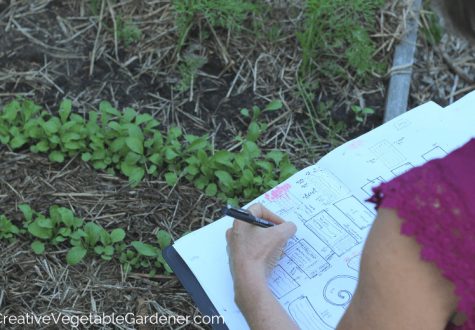
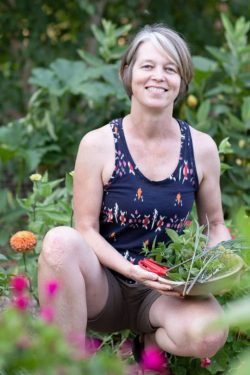


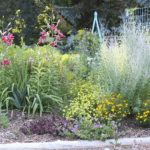
Comments
[…] Learning the Different Types of Seeds […]